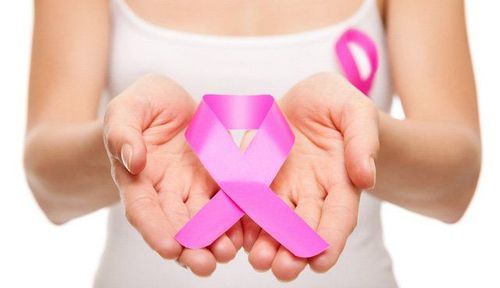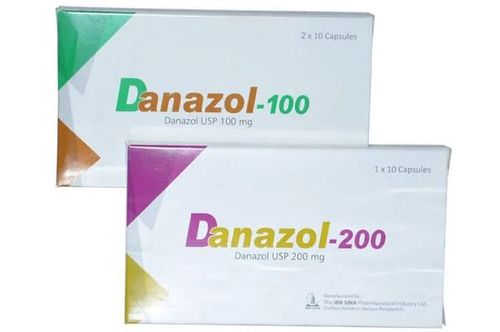This is an automatically translated article.
Article written by Specialist Doctor I Le Thi Nha Hien - Department of Medical Examination & Internal Medicine - Vinmec Nha Trang International General Hospital
When detecting a mass in the breast, people are often concerned, thinking immediately of cancer. Benign breast changes account for a very large percentage.
1. What is a benign change of the mammary gland?
Both women and men can develop benign breast lumps, called benign mammary gland disease or benign change of the mammary gland - which are noncancerous changes. But there are certain types that can develop into cancer.
2. The most common benign change of the mammary gland?
Benign changes of the mammary gland are very common, in which fibrocystic changes are the most common. Nearly 50% of women found a change in the sheath. Hormonal changes can cause changes in breast tissue.
3. Benign changes of the mammary gland are common in which group of people?
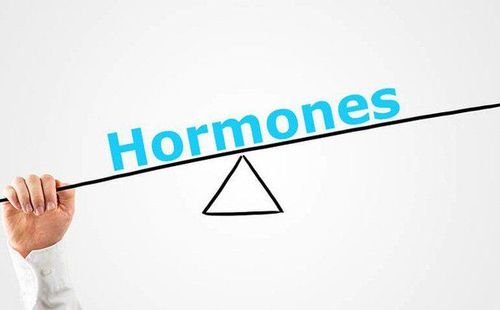
There is a family history of breast cancer or benign breast changes Using hormone replacement therapy Hormonal imbalances
4.What are the types of benign changes of the mammary gland?
There are many types of benign changes of the mammary gland. Fortunately, most of those types of changes are not cancerous and do not require treatment.
Breast cysts: More than 1⁄4 of breast masses are fluid-filled cysts. Breast cysts are usually tumor-like, firm, and non-cancerous. Therefore, no treatment is required. Fibroadenomas: Most common in women aged 15 to 35 years. Fibrocystic breast changes: Hormonal changes that can cause firm mass in the breast often precede menopause. This is also the type of change that does not require treatment. Hyperplasia: An overgrowth of ductal cells in the mammary gland. Often progresses to cancer, so no treatment is needed. If atypical hyperplasia is present, surgical removal is recommended because of the potential for progression to breast cancer.
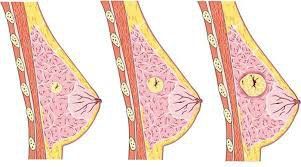
Intraductal papilloma: A small wart-like lesion in the lumen of the mammary gland near the nipple. Papillomas can cause nipple discharge. Most common in women 30 to 50 years old. This is the type that has a high risk of progressing to cancer, so surgical removal is necessary. Mammary duct ectasia: A change in the nipple or nipple discharge when there is swelling, inflammation, and blockage of the milk ducts. This case did not progress to cancer. Treatment can be with antibiotics if there is an infection, otherwise no treatment is needed. Traumatic fat necrosis: This damage is caused by scarring of breast tissue following trauma, surgery, or radiation therapy. This condition does not increase the risk of cancer and does not require treatment.
5.Causes of benign changes in breast?
Common causes of benign breast changes:
Change in breast tissue (change in coating fibers). Inflammation of the breast (mastitis). Scar tissue from trauma to the breast. Hormonal changes, especially menstruation, pregnancy and lactation. Use of oral contraceptives and hormone replacement therapies. Use alcoholic beverages.
6.Symptoms of benign breast changes?
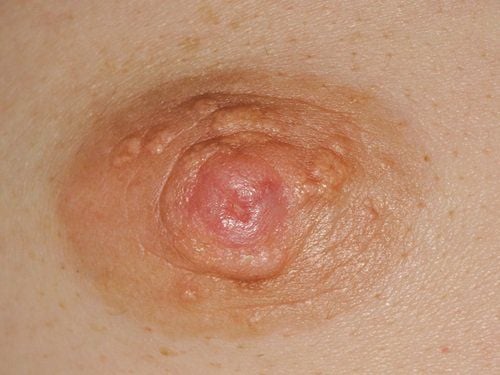
The most common symptom is palpable lump during breast self-exam or mammography. Besides the tumor, there are some other symptoms such as: breast pain, nipple discharge, change in the size, shape and color of the breast, nipple retraction...
7. How to prevent benign changes of mammary glands?
There is not much we can do to reduce the risk of benign breast changes. But we can take action to reduce breast cancer risk and find cancer early when it's at an early stage:
Annual mammogram screening for women over 40 Monthly breast self-exams after cleaning Menstruation about 1 week Regular exercise A healthy diet Reduce or stop drinking alcohol Stop smoking Consider hormone replacement therapy Non-hormonal contraception Screening and detection package Vinmec's breast cancer early detection helps early detection of diseases: breast cancer even when there are no symptoms.
When registering for the Breast Cancer Screening Package, customers will receive:
Examination and consultation with an oncologist. Breast cancer screening by bilateral breast ultrasound and mammogram.
Please dial HOTLINE for more information or register for an appointment HERE. Download MyVinmec app to make appointments faster and to manage your bookings easily.







